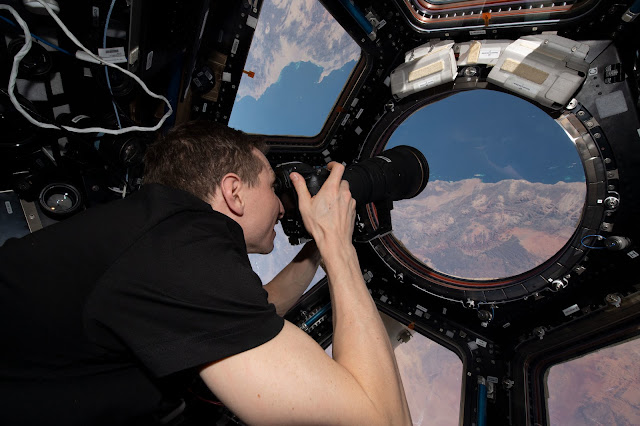Honoring NASA's Skylab: 50th Anniversary of America's First Space Station
America’s first space station and the first crewed research laboratory in space, Skylab, lifted off on May 14, 1973.
Skylab helped pave the way for permanent operations in low-Earth orbit. Over the course of its human occupation from May 25, 1973, to Feb. 8, 1974, three crews visited Skylab, carrying out 270 scientific and technical investigations in astronauts’ physiological responses to long-duration space flight, Earth sciences, solar physics, and astronomy.
The research conducted on Skylab helped prepare NASA for living and working in space on the International Space Station, and our journey to the Moon, Mars, and beyond.
The civilian space program was operating at a time when U.S. budgets were fiscally constrained, so NASA's leaders searched for an affordable way to build a space station. They came up with the idea of turning part of a Saturn V rocket into a space station, and the Skylab concept was born.
Skylab fulfilled the dreams of Dr. Wernher von Braun who had long wanted to build an orbiting outpost where people learn could how to live and work in space for longer periods. Von Braun and his team came up with the idea of using parts of an existing Saturn V rocket to make an orbital laboratory. Turning a rocket into a laboratory was not easy, but it was an affordable way to build a space station because existing hardware could be used.
Unable to be re-boosted by the Space Shuttle, which was not ready until 1981, Skylab's orbit eventually decayed, and it disintegrated in the Earth's atmosphere on July 11, 1979, scattering debris across the Indian Ocean and Western Australia.
To learn more about Skylab, check out: https://www.nasa.gov/skylab
https://www.nasa.gov/mission_pages/skylab
https://historycollection.jsc.nasa.gov/JSCHistoryPortal/history/skylab.htm
Credit: NASA
Video Producer: Haley Reed
Duration: 1 minute
Release Date: May 25, 2023
#NASA #Space #Astronomy #Science #History #Skylab #Astronauts #MicrogravityResearch #SpaceLaboratory #SpaceStation #HumanSpaceflight #SaturnVRocket #Technology #Engineering #WernhervonBraun #UnitedStates #STEM #Education #HD #Video























.png)
%20Chandra-JWST%20(05-23-23)Large.jpg)
Large.jpg)
large.jpg)